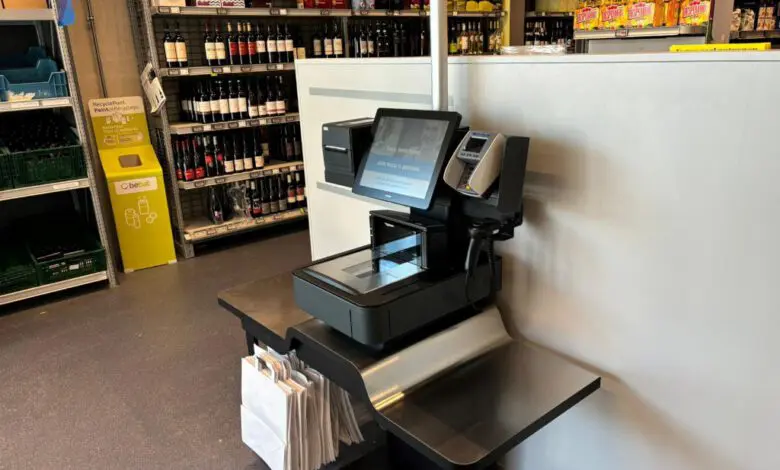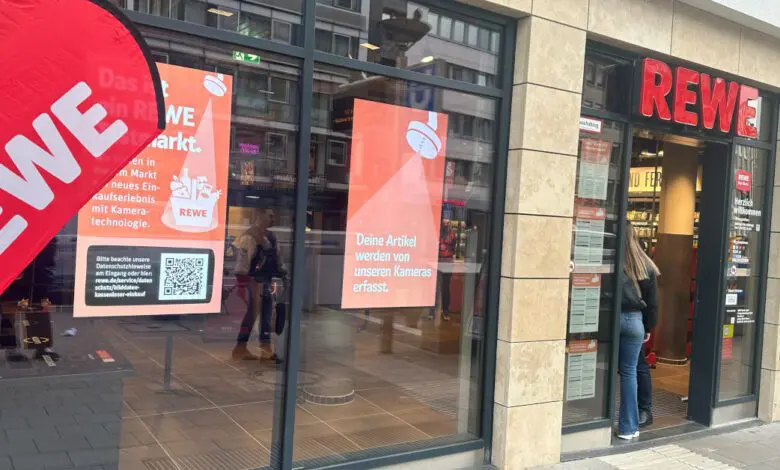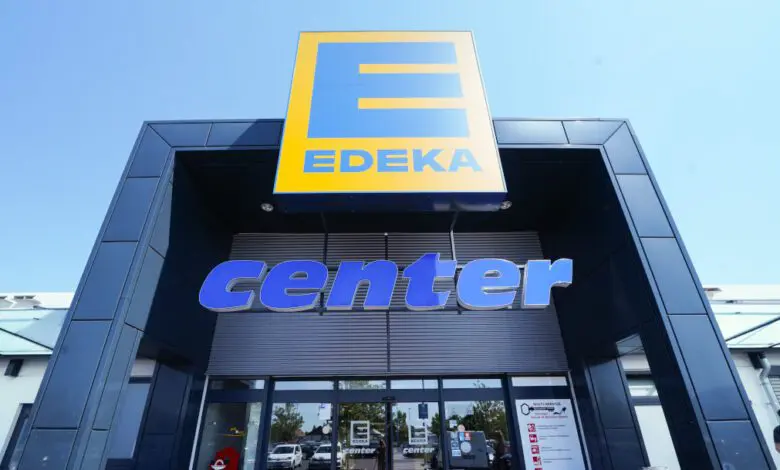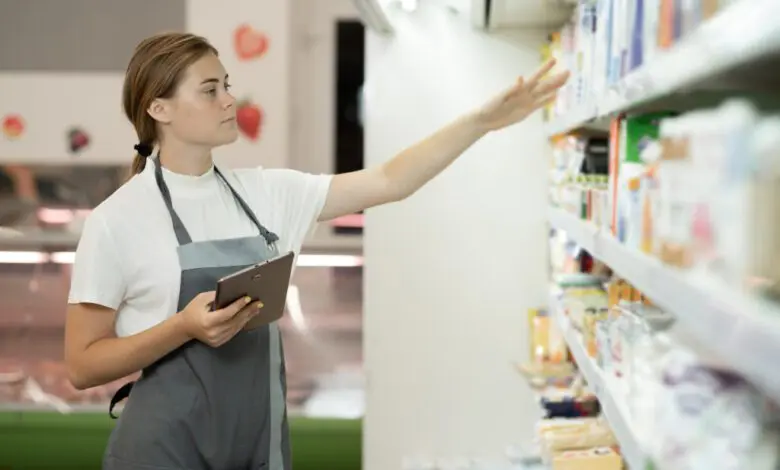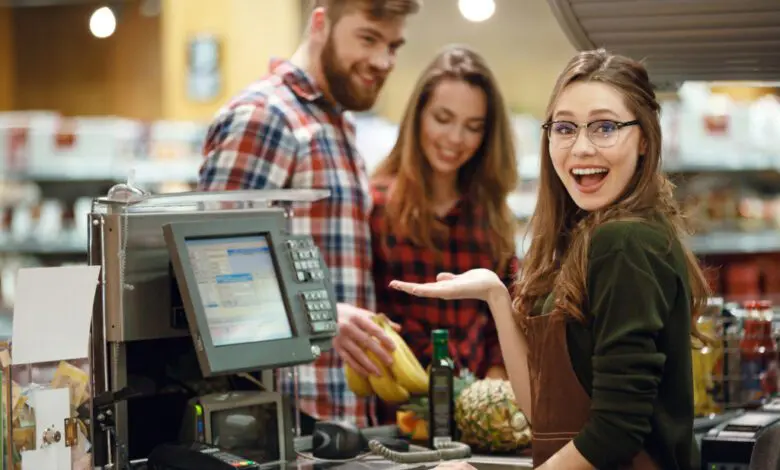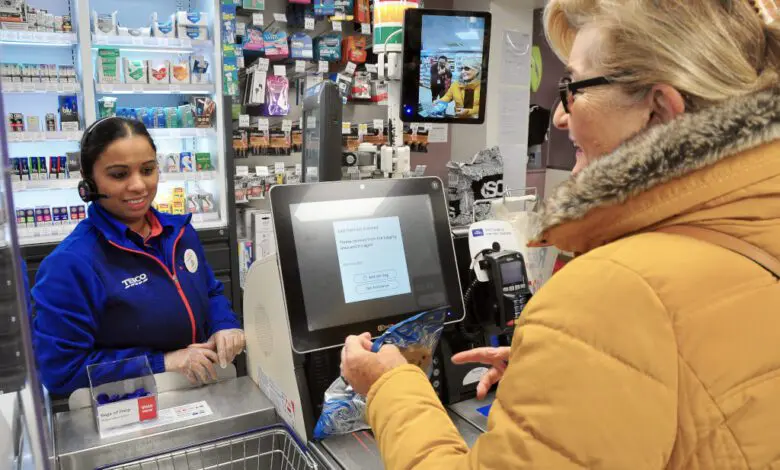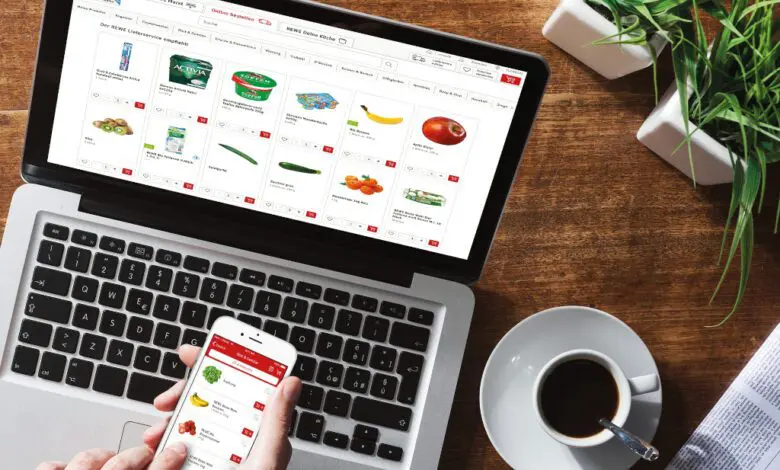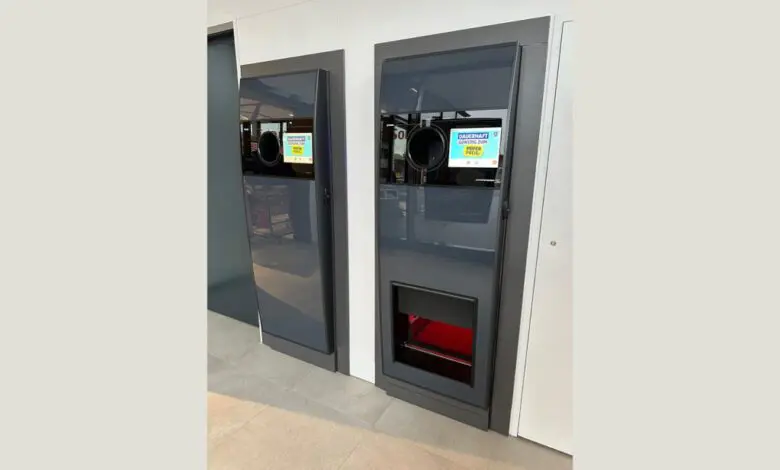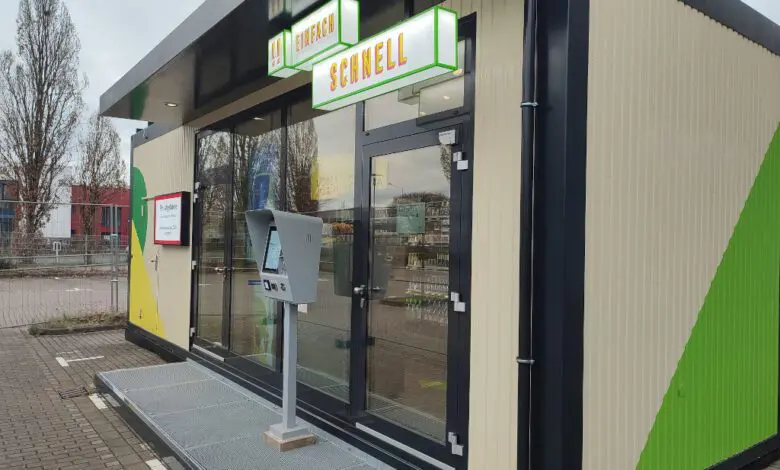Belgian Colruyt Group has started to equip stores of its Okay, Okay Compact and Spar Colruyt Group banners with self-checkout systems. The retailer is purchasing the devices from Toshiba, configured to the retail group's own specifications. The design of the self-checkouts, which Toshiba sells in a similar design as the ‘TCx Smart Wing’ product in Europe, comes from Dutch specialist…
Read more >>Equipped with a new version of Trigo's technology, the Rewe Pick&Go store in Düsseldorf allows customers to shop scanless without registering. However, the store's second major innovation, the automatic weighing of fruit and vegetables as they are picked, was out of action this week.
Read more >>Four grocery retail giants are currently working together to find innovations in the field of retail technology with their Disrupt Retail initiative. Disrupt Retail was first launched in 2017 by Portuguese grocery retail market leader MC Sonae, which owns the Continente distribution lines, as a call for technology start-ups.
Read more >>Food waste is a major problem. In Germany alone, 11 million tonnes of food ended up being thrown away in 2020, according to the National Statistics Office. Of this, 7 per cent (0.8 million tonnes) came from the retail sector. To combat food waste, 14 major German wholesale and grocery retailers signed an agreement with the Federal Ministry of Food…
Read more >>While NCR Voyix (formerly NCR) continues to lead the ranking of all new POS software installations not only in the USA, but worldwide, European challengers GK and Flooid are achieving respectable successes in the number one’s US home market. According to the recently published Global POS Software 2023GK accounts for over a quarter of all new POS software installations in…
Read more >>The world’s second largest supplier of POS hardware and market leader for self-checkout systems, NCR, has restructured itself. In October, the ATM business of the traditional cash register manufacturer from the USA was spun off into an independently listed company called NCR Atleos Corporation. Since then, the retail and hospitality division has been operating under the name NCR Voyix. The…
Read more >>For its efforts to get suitable product images for the target market Germany into the Global Data Synchronisation Network (GDSN), Rewe Group won the ECR Award for 'Operational Excellence' this week together with the branded goods giants Mars and Procter & Gamble. The biggest challenge, however, may be that Germany's largest food retailer, Edeka Group, requires product images from its…
Read more >>In the Bavarian towns of Burglengenfeld and Sünching, Edeka Group-owned discounter Netto is testing Wanzl's Hybridloc app-based shopping trolley system. The solution allows the shopping trolley to be unlocked either with a coin as a deposit, as before, or through the retailer's app.
Read more >>Aldi Süd is introducing reverse vending machines from Tomra for both disposable and reusable beverage containers in all its Austrian stores.
Read more >>Rewe subsidiary Lekkerland today put an autonomous container store with technology from AiFi into operation on its own premises in Frechen. One for all shoppers is to follow soon.
Read more >>
